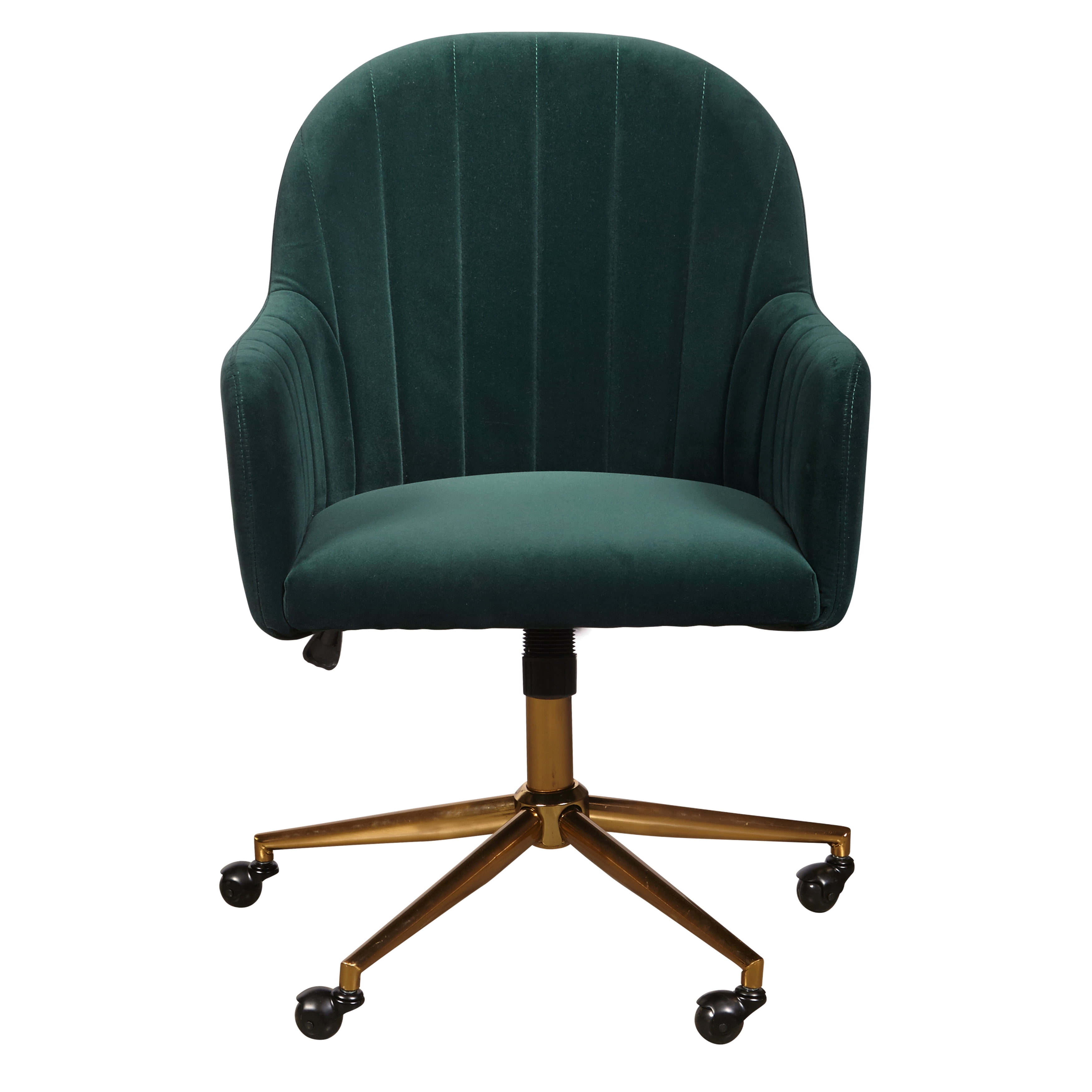Sustainability and Environmental Impact

Yo, let’s get real about the eco-credentials of these green office chairs. We’re not just spouting corporate jargon here; we’re talking about genuinely sustainable design and manufacturing. From the materials used to the final disposal, we’re aiming for minimum impact on the planet.
Manufacturing processes for eco-friendly office chairs are a whole different ball game. Forget mass production churning out cheap, nasty chairs that’ll end up in landfill quicker than you can say “carbon footprint”. We’re talking recycled materials – think reclaimed plastics, post-consumer wood, and even recycled metal for the frame. Sustainable forestry practices are key – sourcing timber from responsibly managed forests, ensuring replanting and minimal disruption to ecosystems. Low-emission manufacturing is also crucial; this means investing in energy-efficient machinery and processes, reducing waste, and opting for water-based finishes instead of harsh chemicals.
Manufacturing Processes and Materials
The creation of a truly green office chair involves a meticulous approach to material sourcing and production. Recycled aluminium, for instance, boasts a significantly lower carbon footprint than virgin aluminium, demanding less energy in its production. Similarly, using rapidly renewable bamboo for chair components, instead of slower-growing hardwoods, minimizes deforestation. The glues and paints used are also carefully selected to minimise volatile organic compounds (VOCs) – those nasty chemicals that can harm both the environment and your health. The whole process, from material selection to assembly, is designed to minimise waste and maximise efficiency.
Life Cycle Assessment
A life cycle assessment (LCA) of a green office chair considers its entire journey – from raw material extraction and manufacturing, through its use phase, to its eventual disposal or recycling. A comprehensive LCA would assess the energy consumption at each stage, the amount of greenhouse gases emitted, and the waste generated. This detailed analysis allows us to pinpoint areas for improvement and to compare the environmental impact of our chair with that of a traditionally manufactured one. For example, a typical LCA might reveal that a significant portion of the environmental impact stems from transportation.
Carbon Footprint Comparison, Green office desk chair
Let’s compare the carbon footprint of a green office chair to a standard one. Imagine two bars: one representing the carbon footprint of a traditionally manufactured chair (much longer, darker bar) and a much shorter, lighter one for the green chair. The difference is significant, illustrating the reduction achieved through sustainable materials and processes. For example, a study might show that a green chair produces 50% less CO2 than its conventional counterpart. This visual representation clearly demonstrates the environmental benefits of choosing a sustainable option. The longer, darker bar might even be broken down into segments representing the different stages of production, transportation and disposal – highlighting the areas where the greatest emissions occur. The shorter bar for the green chair would show a corresponding reduction in each segment, emphasising the overall positive impact.
Design and Aesthetics of Green Office Desk Chairs

Green office chairs aren’t just about eco-friendly materials; they’re about style too. A well-designed chair can elevate your workspace, boosting both productivity and mood. The blend of sustainability and aesthetics is key to creating a truly desirable office environment.
Modern and Minimalist Designs
Modern green office chairs often embrace clean lines and simple forms. Think sleek silhouettes, minimal ornamentation, and a focus on functionality. Minimalist designs prioritize essential elements, often using a neutral colour palette like greys, whites, and blacks, accented perhaps with a pop of sustainably sourced natural wood or a vibrant recycled fabric. A good example would be a chair with a sculpted mesh back, a polished aluminium base, and armrests made from recycled plastic. The overall effect is one of sophistication and understated elegance. In contrast, a traditional design might incorporate more curves, perhaps a high back with ornate detailing, potentially using reclaimed wood or sustainably harvested leather.
The Impact of Colour and Materials
Colour choices significantly influence a chair’s aesthetic appeal. Earthy tones like deep greens, browns, and beige can create a calming and natural feel, aligning perfectly with the chair’s eco-friendly nature. Brighter, more saturated colours can add a pop of personality and vibrancy, but should be carefully considered to ensure they complement the overall office design. The material also plays a crucial role. Bamboo, recycled plastic, and organic cotton fabrics project a natural and sustainable image. Leather alternatives made from recycled materials, or sustainably harvested leather, can offer a luxurious feel without compromising on ethical principles. The texture of the material—whether smooth, woven, or textured—adds another layer to the overall visual impact.
Features Contributing to Visual Appeal
The visual appeal of a green office desk chair is enhanced by several key features. These features work together to create a cohesive and aesthetically pleasing design.
- Ergonomic Design: While primarily functional, an ergonomically designed chair often looks sleek and modern due to its carefully considered curves and proportions. A well-designed lumbar support, for example, can contribute to the chair’s overall visual appeal.
- Material Quality: High-quality materials, even if sustainably sourced, generally look and feel better. The subtle sheen of sustainably harvested wood or the smooth texture of recycled fabric elevates the chair’s aesthetic.
- Base and Wheels: The chair’s base and wheels are often overlooked, but they contribute significantly to the overall design. A polished aluminium base or sturdy wooden legs can add a touch of sophistication. Similarly, the colour and style of the wheels can subtly enhance or detract from the chair’s overall appearance.
- Adjustable Features: The ability to adjust the chair’s height, backrest, and armrests not only improves comfort but can also contribute to its visual appeal. Well-integrated adjustment mechanisms look cleaner and more sophisticated than clunky, exposed ones.
